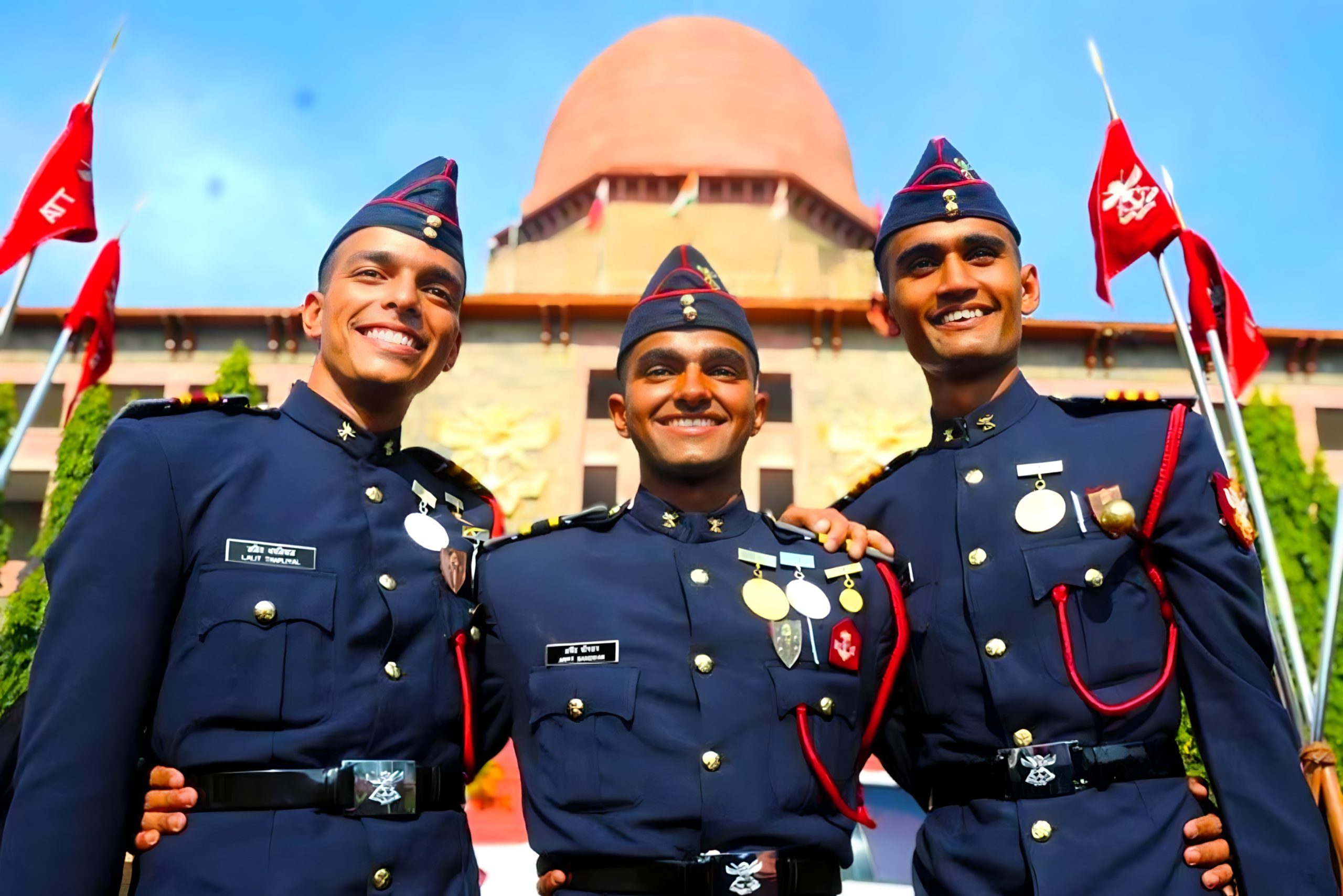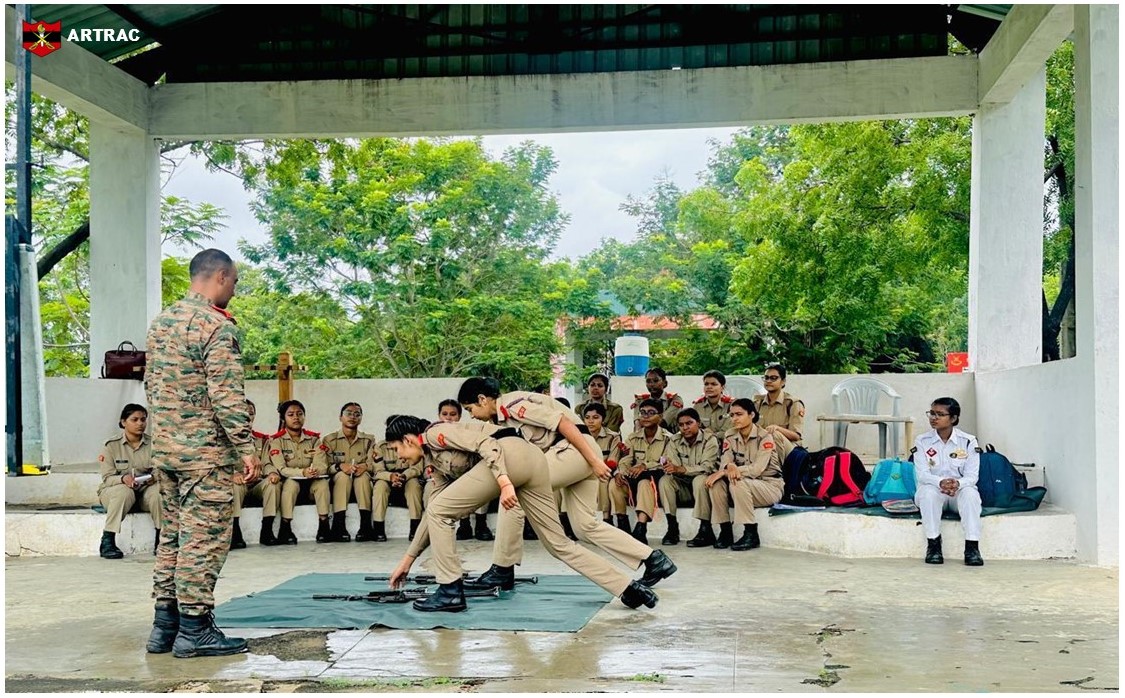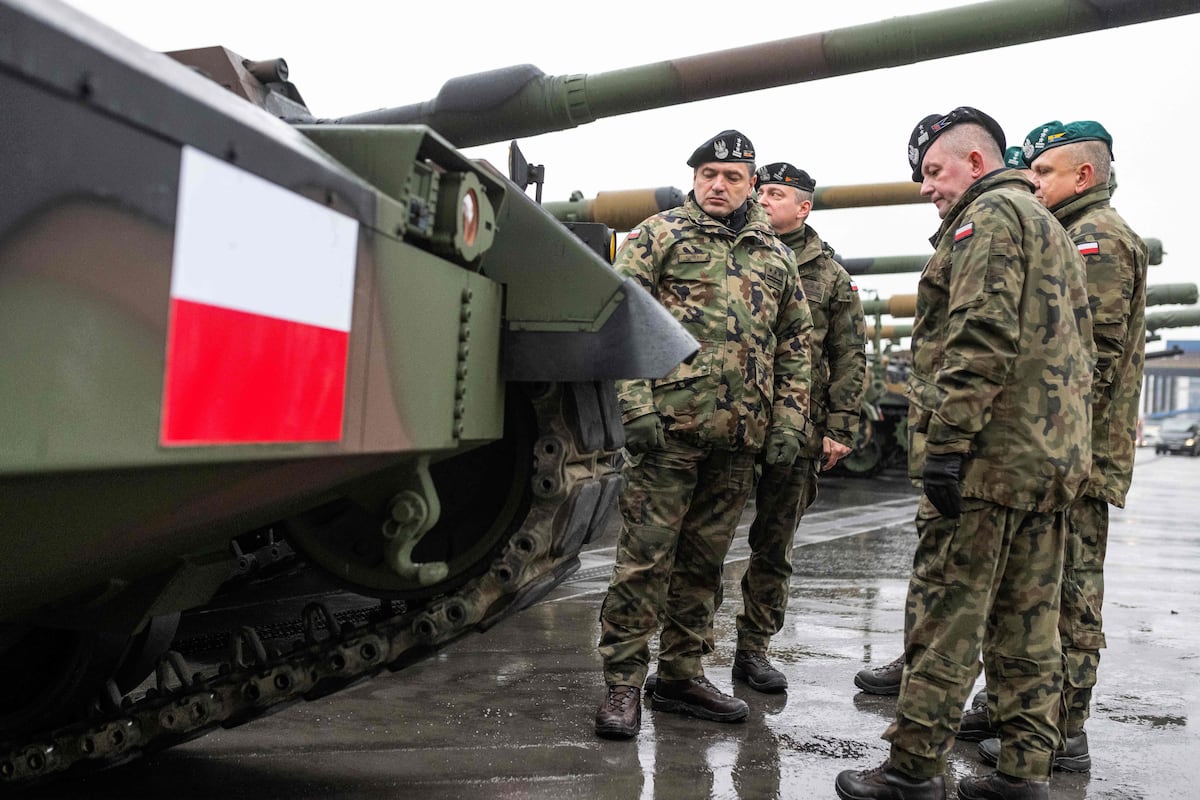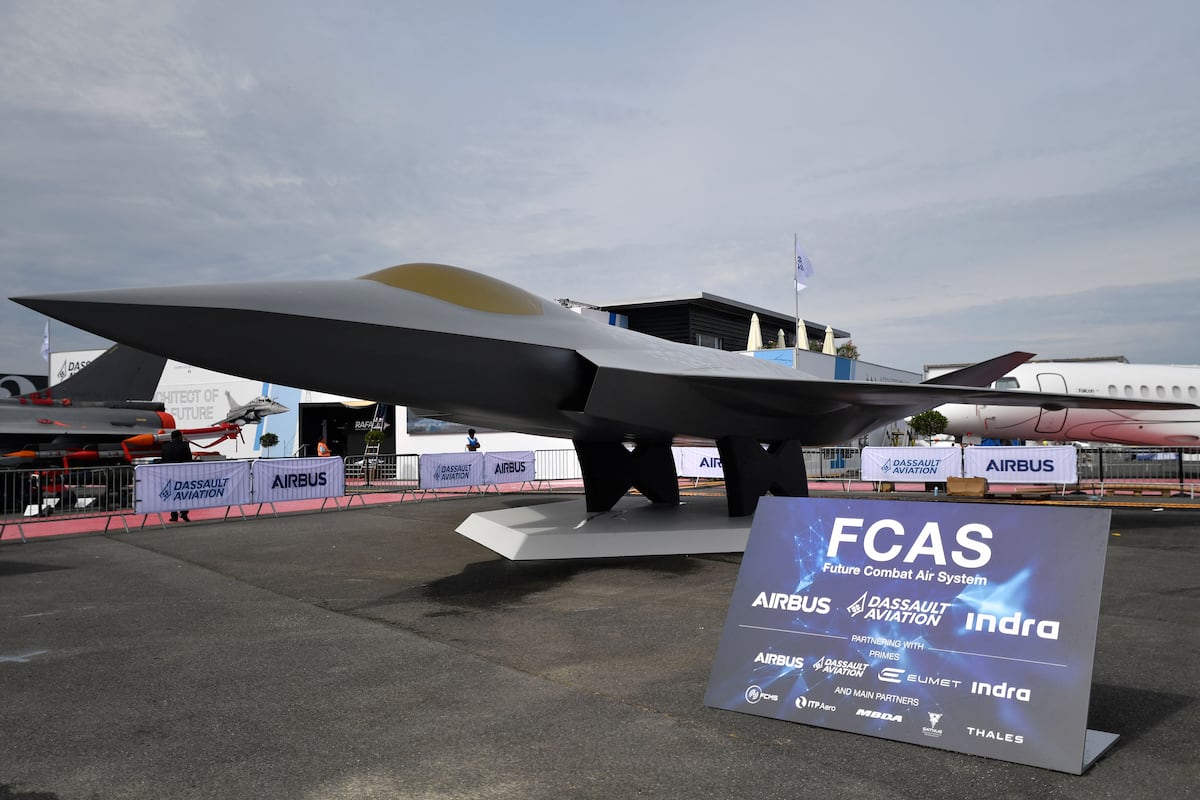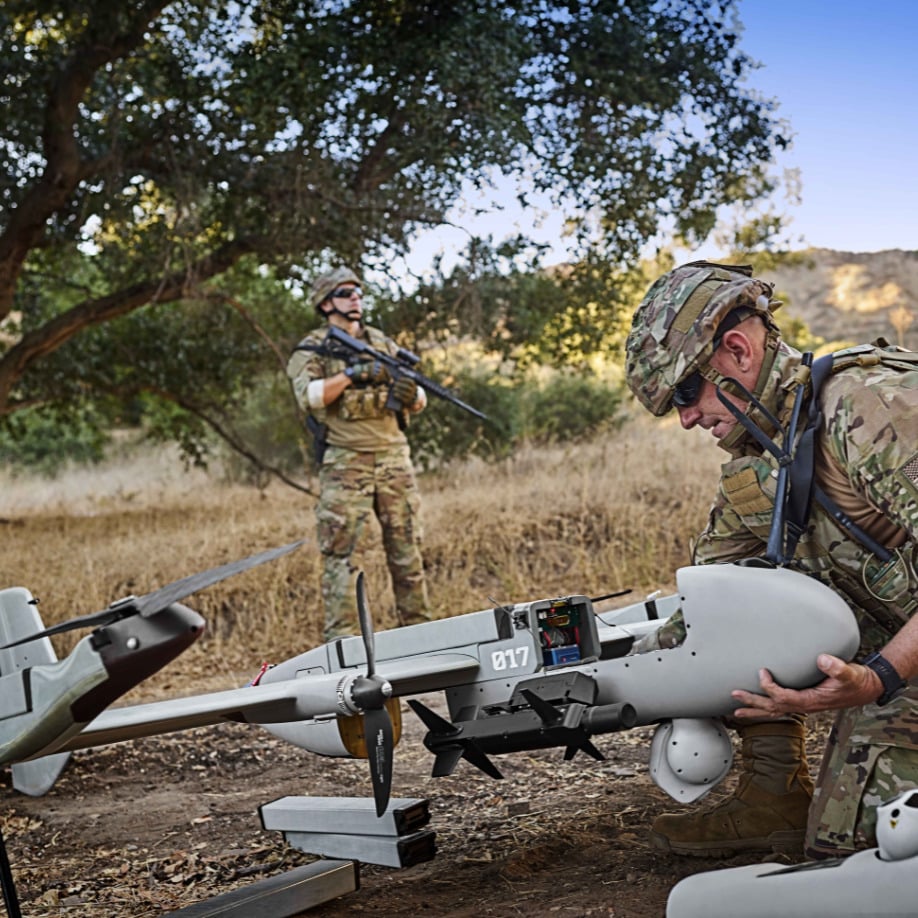NDA 1 2024 Merit List Released – 641 Candidates Recommended
The Union Public Service Commission (UPSC) has announced the NDA 1 2024 merit list, featuring the names of 641 candidates…
100 Women NCC Cadets Participate in Training Camp at OTA Chennai
A group of 100 Women Cadets from the National Cadet Corps (NCC) Senior Wing gathered from across India to participate…
Desert Cheetah Air Defence Brigade Demonstrates Precision in Air Defence Exercise
The Desert Cheetah Air Defence Brigade achieved a significant milestone by successfully engaging air target imitators in challenging desert terrain,…
Polish President Declines to Send New Weapons to Ukraine
Poland Rules Out Transferring New Weapons to Ukraine Amid Ongoing Conflict with Russia WARSAW, Poland — In a definitive statement…
France and Germany to Finalize Next Steps for FCAS Warplane Development Delays
France, Germany, and Spain to Finalize Sixth-Generation Fighter Project Ahead of Major Summit PARIS — A pivotal summit scheduled for…
AeroVironment Introduces Adaptable Drone for Dynamic Battlefield Environments
AeroVironment Introduces P550 Uncrewed Aircraft System for US Army Reconnaissance Program AeroVironment has made a significant advancement in military aviation…

